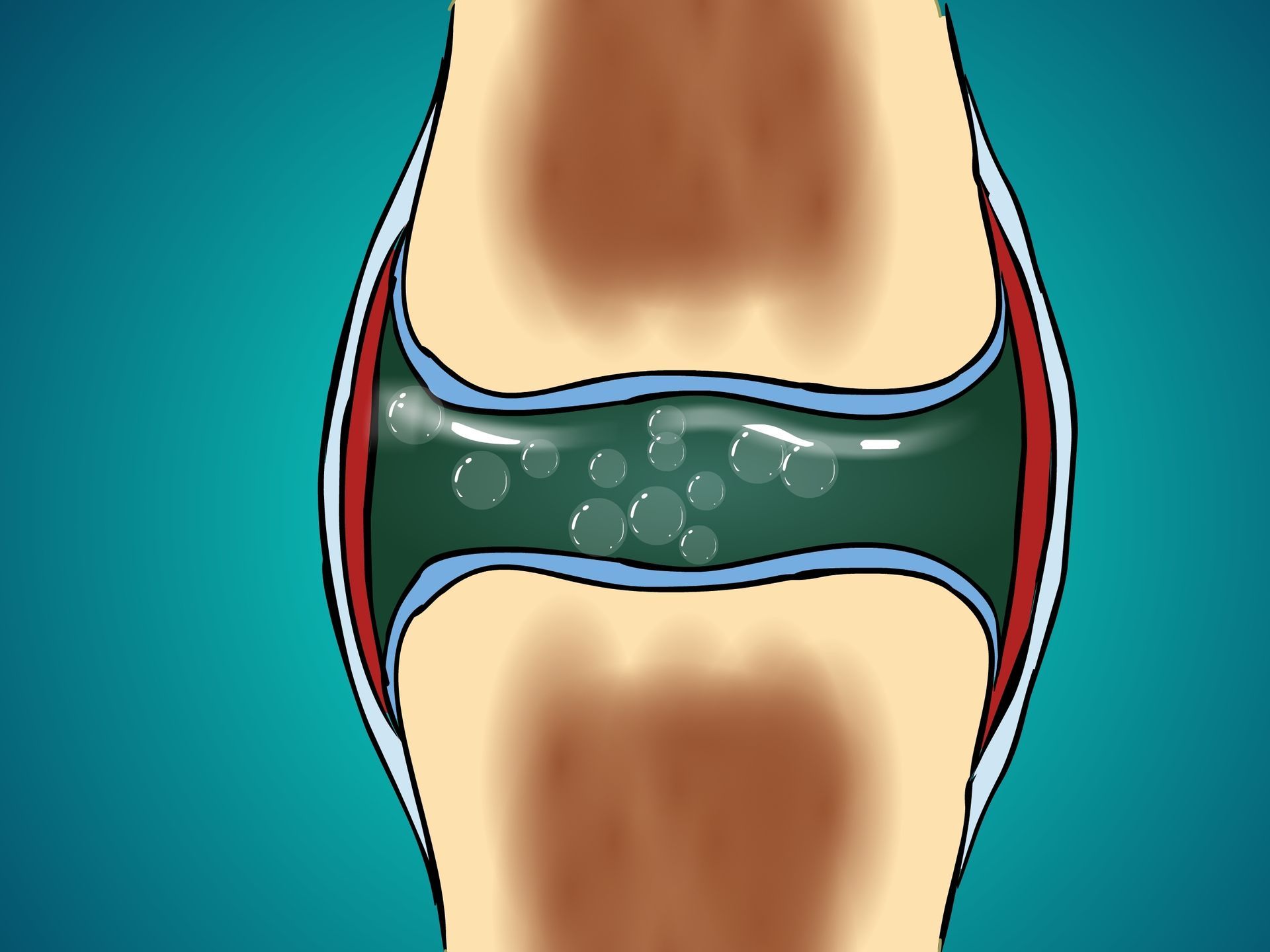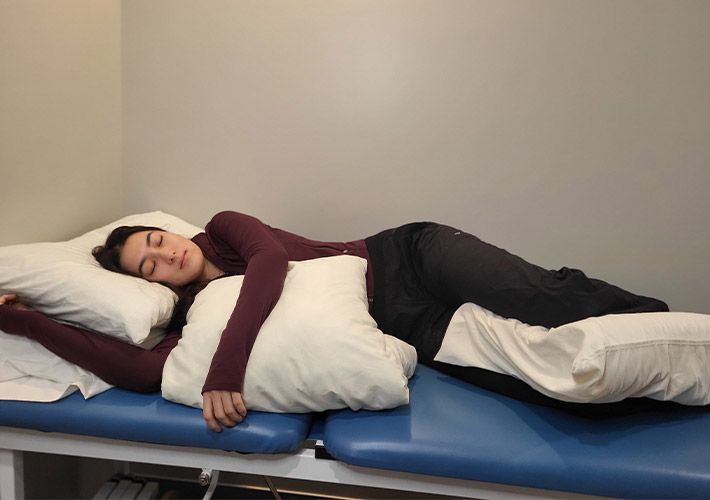Snap, Crackle, Pop: Joint Cavitation

If you've ever cracked your knuckles or you’ve seen chiropractic TikToks, you're familiar with the sound of joint cavitation—that satisfying “pop.” But what is really happening during this moment, and is it a sign that your body is being adjusted correctly?
What is Joint Cavitation?
The noise you hear during a chiropractic adjustment or when you crack a joint comes from something called “cavitation.” Joint cavitation occurs when pressure inside a joint drops enough to cause gases (mainly carbon dioxide and nitrogen) dissolved in the joint fluid to form bubbles. These bubbles then quickly collapse or “pop,” producing that familiar sound.
This process is completely normal and typically harmless. However, many patients associate this sound with the success of a chiropractic adjustment, which leads to a common misunderstanding: the noise isn’t what makes an adjustment effective.
The Cavitation Myth: It's Not About the Sound
Contrary to popular belief, joint cavitation is not necessary for a successful chiropractic adjustment. Some adjustments are incredibly effective without any noise at all! The real goal of chiropractic care is to improve the alignment and function of your spine and other joints, regardless of whether a cavitation occurs.
Cavitation is simply a byproduct of the change in pressure during the adjustment, but it does not measure its effectiveness. A silent adjustment can still have profound effects on your overall mobility, comfort, and function.
The Real Benefits of Chiropractic Adjustments
So, if the sound isn’t the point, what makes a chiropractic adjustment beneficial? It’s all about restoring proper function to your joints, muscles, and nervous system.
1. Realignment of Joints
Chiropractic adjustments are designed to realign joints that may have shifted due to poor posture, repetitive stress, or injury. When joints are misaligned, they can restrict your movement and cause discomfort, but proper realignment restores normal function.
2. Correcting Muscle Imbalances
Muscle imbalances often occur when one group of muscles becomes tight and overactive, while the opposing group becomes weak or underused. These imbalances can lead to compensatory movements and strain on other parts of your body. Chiropractic care helps address these imbalances by ensuring your joints move as they should, allowing muscles to relax and strengthen evenly.
3. Reducing Nerve Compression
Nerve compression happens when a misaligned joint or tight muscles put pressure on nearby nerves. This can lead to pain, tingling, or numbness in various parts of the body. Chiropractic adjustments can relieve this compression by realigning the joints and soft tissues, taking pressure off the nerves, and improving their function.
4. Increasing Range of Motion
When your joints and muscles are functioning properly, you’ll notice an increase in your range of motion. Whether you’re an athlete looking to perform better or someone simply trying to move with less discomfort in everyday life, chiropractic care can help you achieve greater mobility.
Evidence-Informed Chiropractic Care
At Peak Performance, our chiropractic care is grounded in evidence-based practices. We focus on realigning your body, correcting muscle imbalances, and reducing nerve compression without relying on the “snap, crackle, pop” of joint cavitation. The sound is just an added bonus, but the true benefit comes from improving your overall musculoskeletal health.
If you’ve been experiencing pain or discomfort or simply want to improve your body’s function, chiropractic care may be the solution you’ve been searching for. Contact us today to schedule a consultation and see how we can help you feel and move better, with or without the crack!
Bethany Wolcott
D’Youville Chiropractic ‘26












